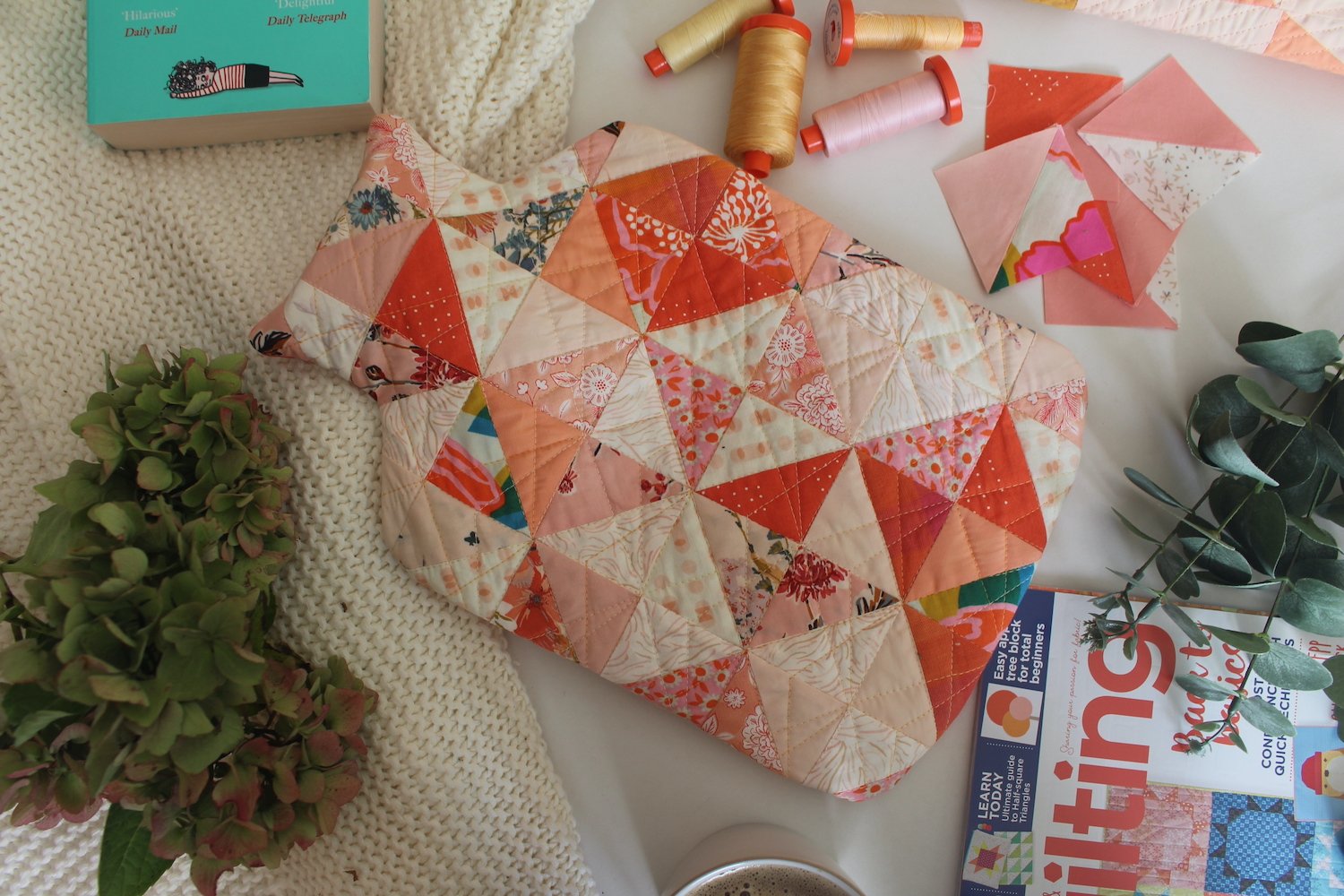As the chilly winds of winter set in and the temperatures drop, a warm and cozy companion becomes essential for many: the hot water bottle. Whether you’re seeking relief from aches and pains or just want to snuggle up in bed with a comforting source of warmth, the right hot water bottle cover can make all the difference.
But with various materials available, how do you determine the best one for your needs? In this exploration, we’ll delve into the characteristics of different materials commonly used for hot water bottle covers to help you make an informed decision.
1. Cotton: A Classic Choice
Cotton stands out as a classic and widely preferred material for hot water bottle covers. Its natural fibers offer breathability, ensuring that the heat from the water bottle permeates through while preventing excessive sweating. Cotton covers are soft to the touch, making them comfortable against the skin. Additionally, they are easy to clean and maintain, often machine washable, which is a practical feature for regular use.
However, one potential drawback of cotton is that it may not provide as much insulation as other materials, meaning the warmth might dissipate more quickly. Despite this, many people appreciate the timeless appeal and versatility of cotton, making it a staple choice for hot water bottle covers.
2. Fleece: Luxurious Warmth
For those seeking a more luxurious and plush option, fleece is an excellent choice. This synthetic fabric is known for its insulating properties, trapping heat effectively and keeping it close to your body. Fleece hot water bottle covers are exceptionally soft and cozy, providing a delightful touch against your skin.
While fleece excels in retaining warmth, it may not be as breathable as cotton. This can lead to some sweating, so it’s important to strike a balance between insulation and breathability based on personal preferences. Fleece covers often come in a variety of colors and patterns, adding a touch of style to your comfort.
3. Wool: Natural Insulation
Wool, a natural fiber derived from the fleece of sheep, is another popular material for hot water bottle covers. Known for its excellent insulation properties, wool can efficiently trap and retain heat, making it a great choice for staying warm on colder nights. Additionally, wool is moisture-wicking, drawing perspiration away from the skin, which can be advantageous for those who want to avoid feeling clammy.
One consideration with wool is that it may require more delicate care compared to cotton or fleece. Some wool covers may need to be hand washed or dry cleaned to maintain their integrity. Despite this, many appreciate the authentic and rustic charm that wool brings to a hot water bottle cover.
4. Microfiber: Durability and Softness
Microfiber is a synthetic material that combines the best of both worlds: durability and softness. Hot water bottle covers made from microfiber are often resistant to wrinkles and stains, making them a practical choice for everyday use. The fine fibers of microfiber create a soft and smooth texture, offering a pleasant feel against the skin.
Microfiber covers are known for their ability to retain heat effectively, providing a cozy experience. Additionally, they are usually easy to care for, often machine washable. This makes microfiber a great option for those who prioritize convenience and longevity in their hot water bottle covers.
5. Velvet: Elegance and Comfort
Velvet is a luxurious fabric that adds a touch of elegance to hot water bottle covers. With its soft and plush texture, velvet provides a comfortable and indulgent experience. The fabric’s dense pile contributes to its insulating properties, ensuring that the warmth is retained for an extended period.
While velvet may not be as breathable as cotton, its aesthetic appeal and sumptuous feel make it a sought-after choice for those who want to combine style with functionality. Velvet hot water bottle covers often come in a range of rich colors, allowing you to add a sophisticated accent to your living space.
Conclusion
Choosing the best material for a hot water bottle cover ultimately depends on your personal preferences and priorities. Whether you prioritize breathability, insulation, ease of care, or luxurious aesthetics, there is a material that aligns with your needs.
Cotton remains a timeless and versatile choice, offering breathability and easy maintenance. Fleece provides a luxurious feel and excellent insulation, while wool brings natural warmth and moisture-wicking properties. Microfiber combines durability with softness, and velvet adds a touch of elegance to your comfort.
Consider your lifestyle, climate, and individual preferences when selecting a hot water bottle cover material. Regardless of the material you choose, the right cover can transform a simple hot water bottle into a cozy and comforting companion during the colder months.
Also Read: What Is Tower Fan? Understand Its Working, Types & Benefits

